

Accelerating product development tasks with multi-agent workflows
Internship • 3 min read
Company
IBM
My role
UX designer
Overview
I'm currently interning with the AI for Product Teams (AI4PT) program (under the AI and Automation division), contributing to an internal platform aimed at improving how product teams collaborate and deliver results. My role involves designing AI agents and multi-agent workflows to accelerate product develpoment tasks. Alongside that, I also work on making GenAI tools easier to learn by creating experiences that help teams understand how to use them responsibly and confidently.
Timeline
Jan 2025 - now
Tools
Figma
Before we start
What is IBM's 'AI for Product Teams'?
AI for Product Teams is IBM’s initiative under the AI and Automation division, created to help product teams (researchers, designers, developers, and product managers) work faster and smarter. By using multi-agent workflows to automate repetitive tasks, the program simplifies product development so teams can focus on what they do best.

So far...
What have I worked on?
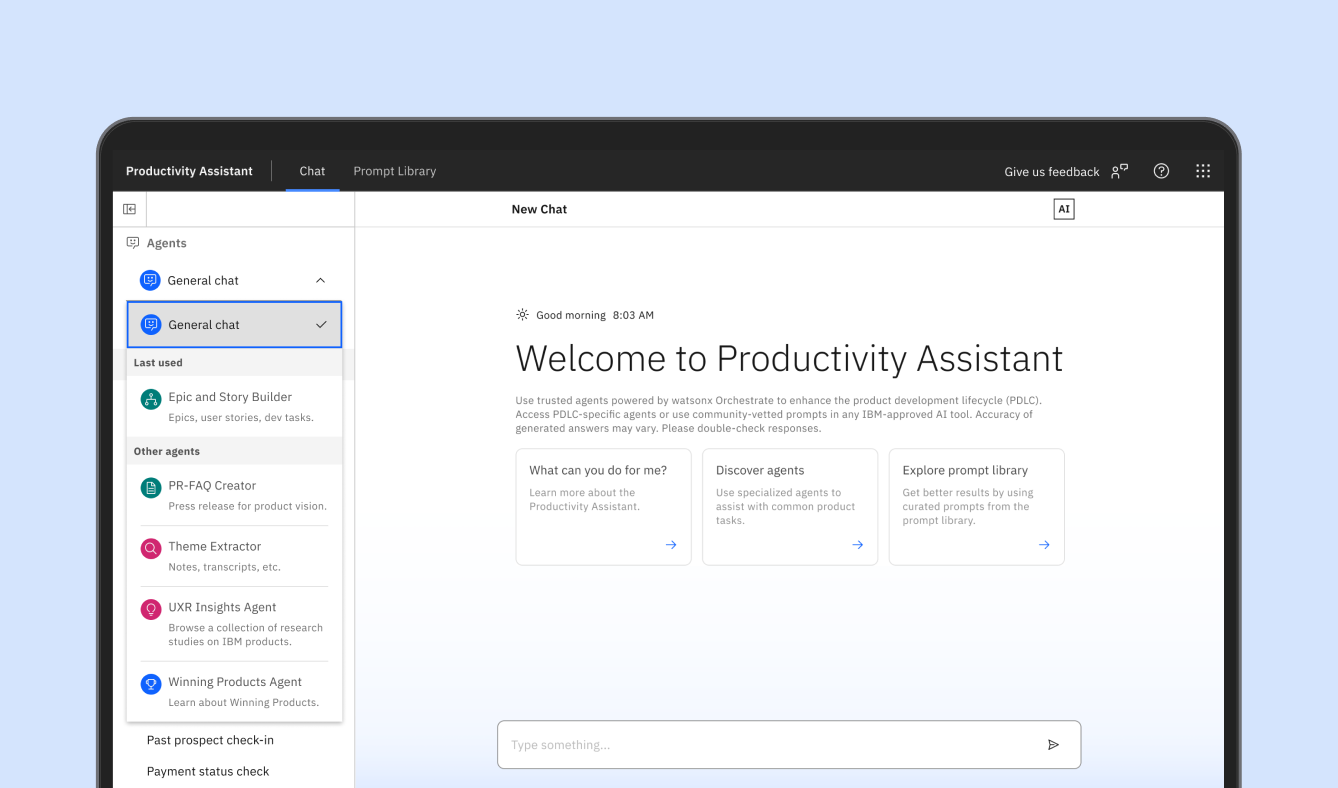
AI chat interface
Redesigned the interface to support multi-agent workflows and align with the Carbon Design System.
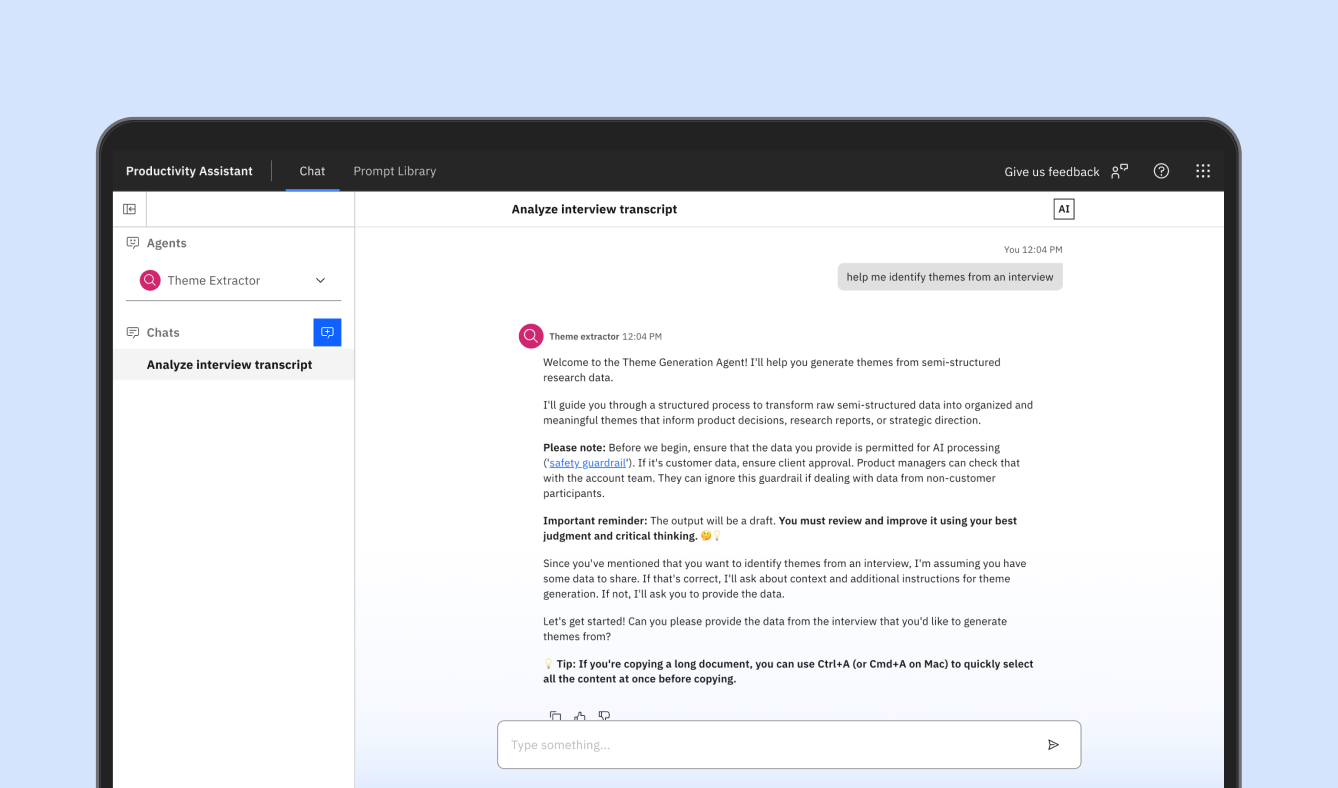
AI agents
Prompt-engineered foundation models to accelerate product tasks with multi-agent workflows.
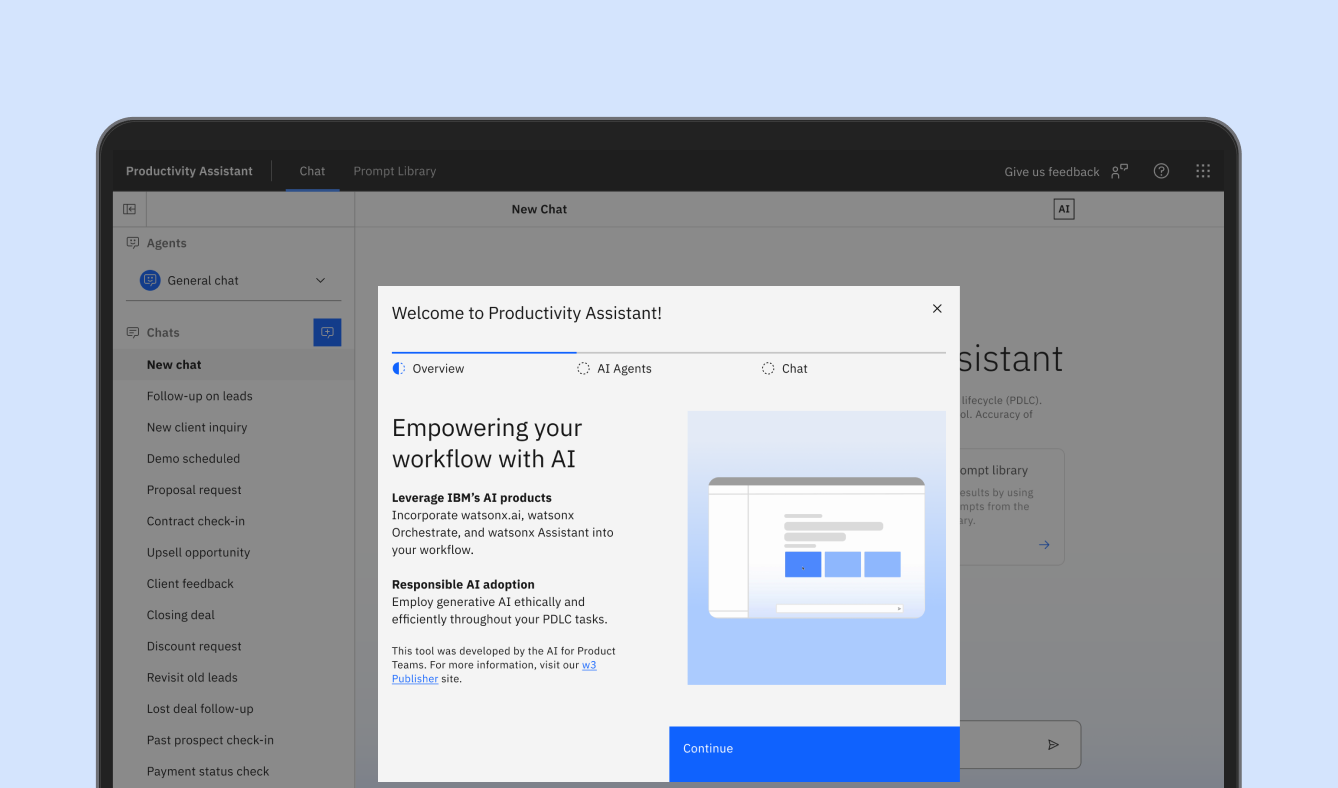
AI chat onboarding
Designed the onboarding flow to help users quickly understand how to get started with the tool.
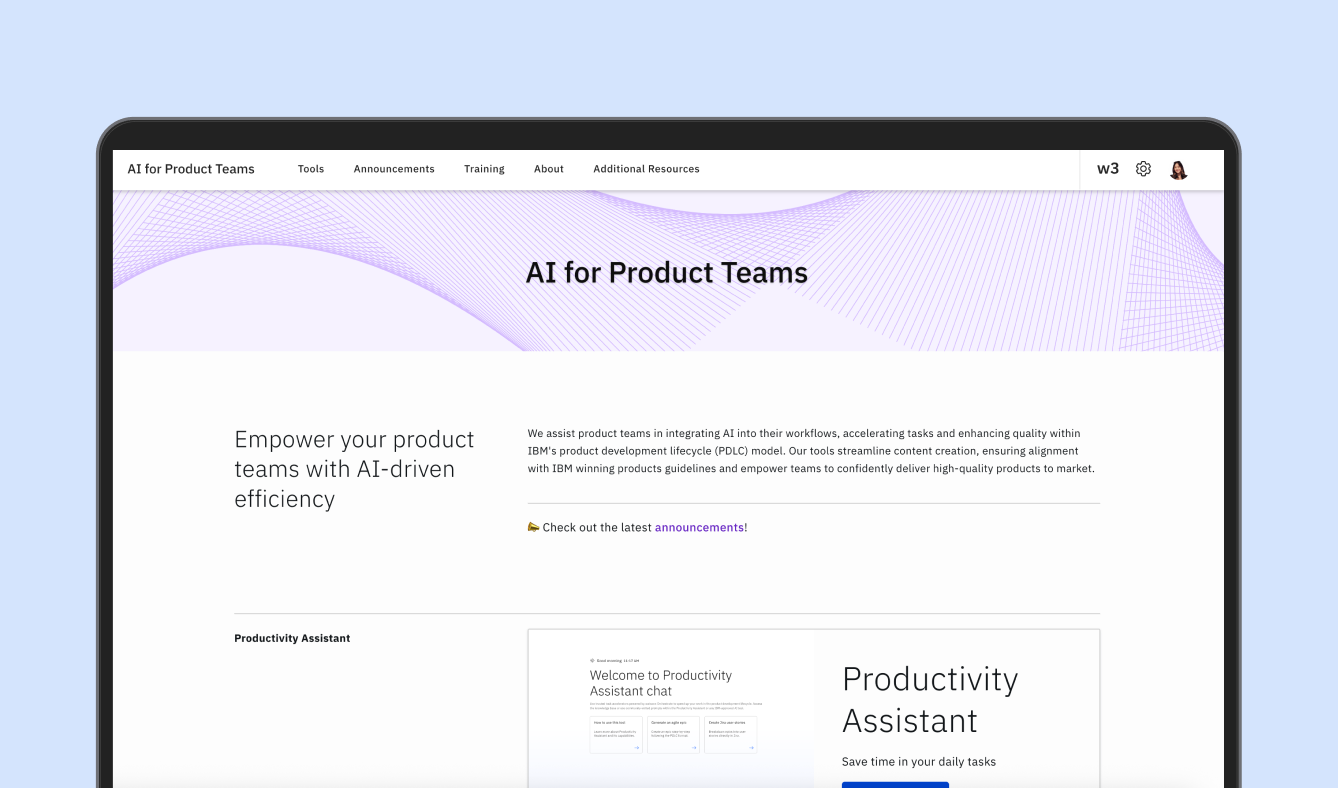
2 GenAI site redesign
Led UX strategy and design for two internal GenAI education sites used by 13,000+ product employees.
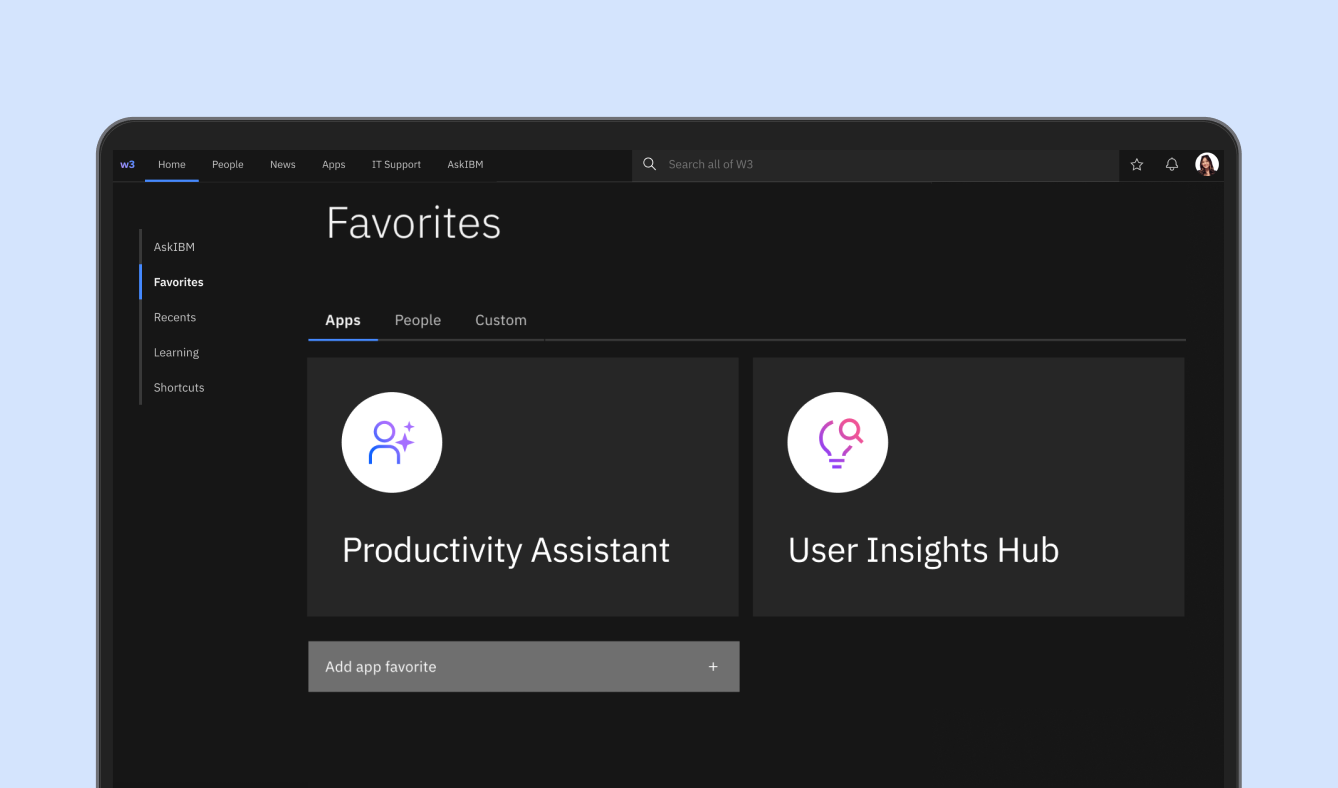
2 AI app icons
Designed official icons for two internal AI tools, now part of their core visual identity.
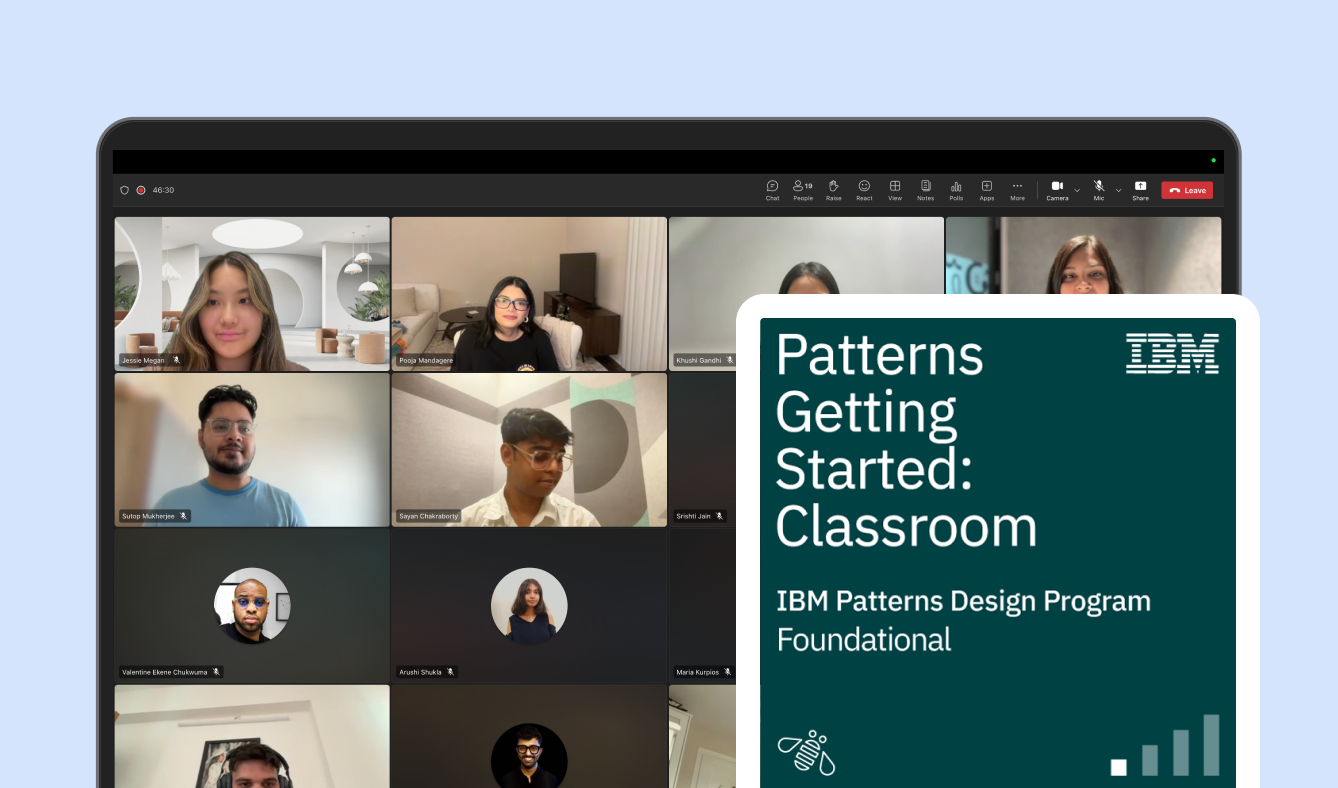
Patterns design education
First intern awarded Patterns education, usually reserved for full-timers, for high-impact work.

STEM4Girls camp
Organized a week-long STEM camp for 25+ Grade 6 girls and led a hands-on design thinking workshop.
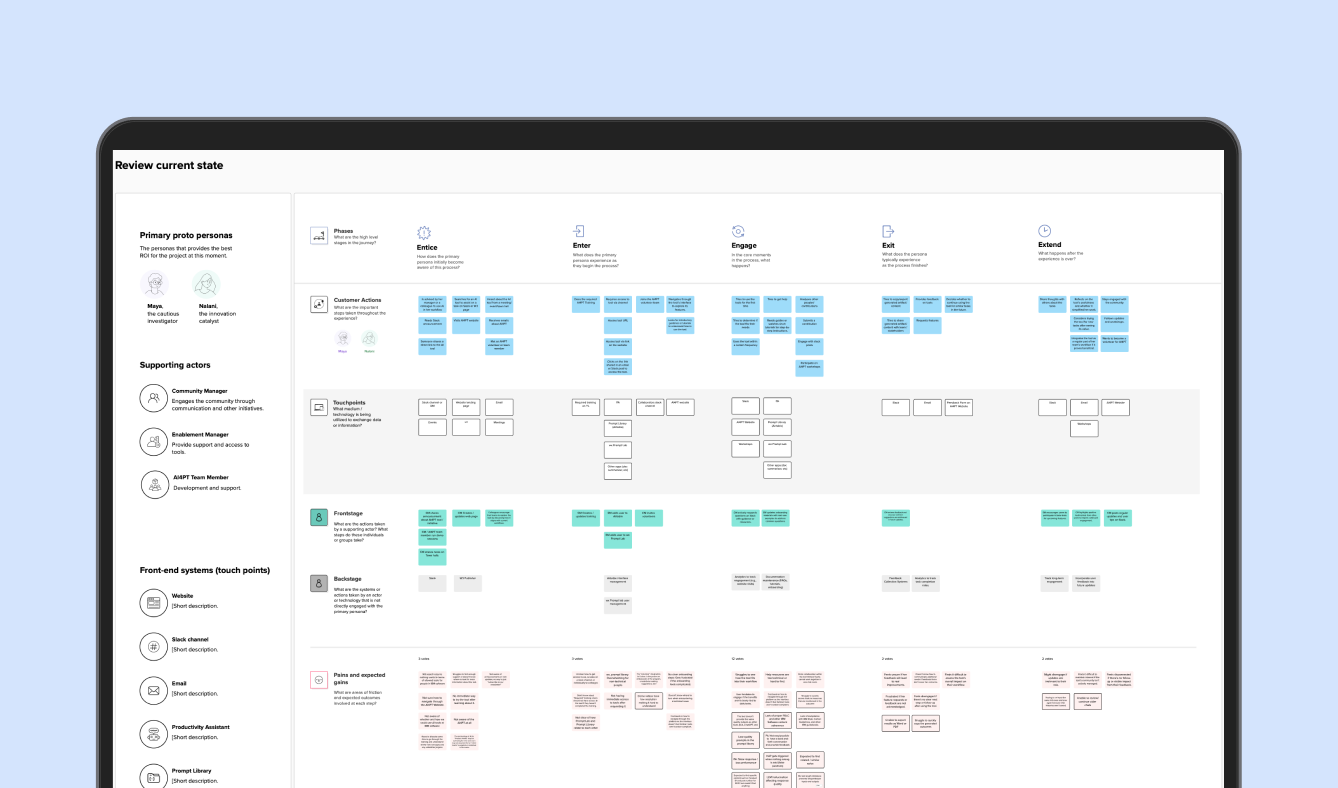
AI4PT strategy
Helped shape team strategy using service design and IBM’s Universal Experiences framework.
Project highlight
Under construction 🚧
Case study in the making...
Every good case study starts with a story, and this one’s still unfolding. I’m stitching together the journey, from sticky notes to final screens. Come back soon to see how it all came together.
Under construction 🚧
Case study in the making...
Every good case study starts with a story, and this one’s still unfolding. I’m stitching together the journey, from sticky notes to final screens. Come back soon to see how it all came together.

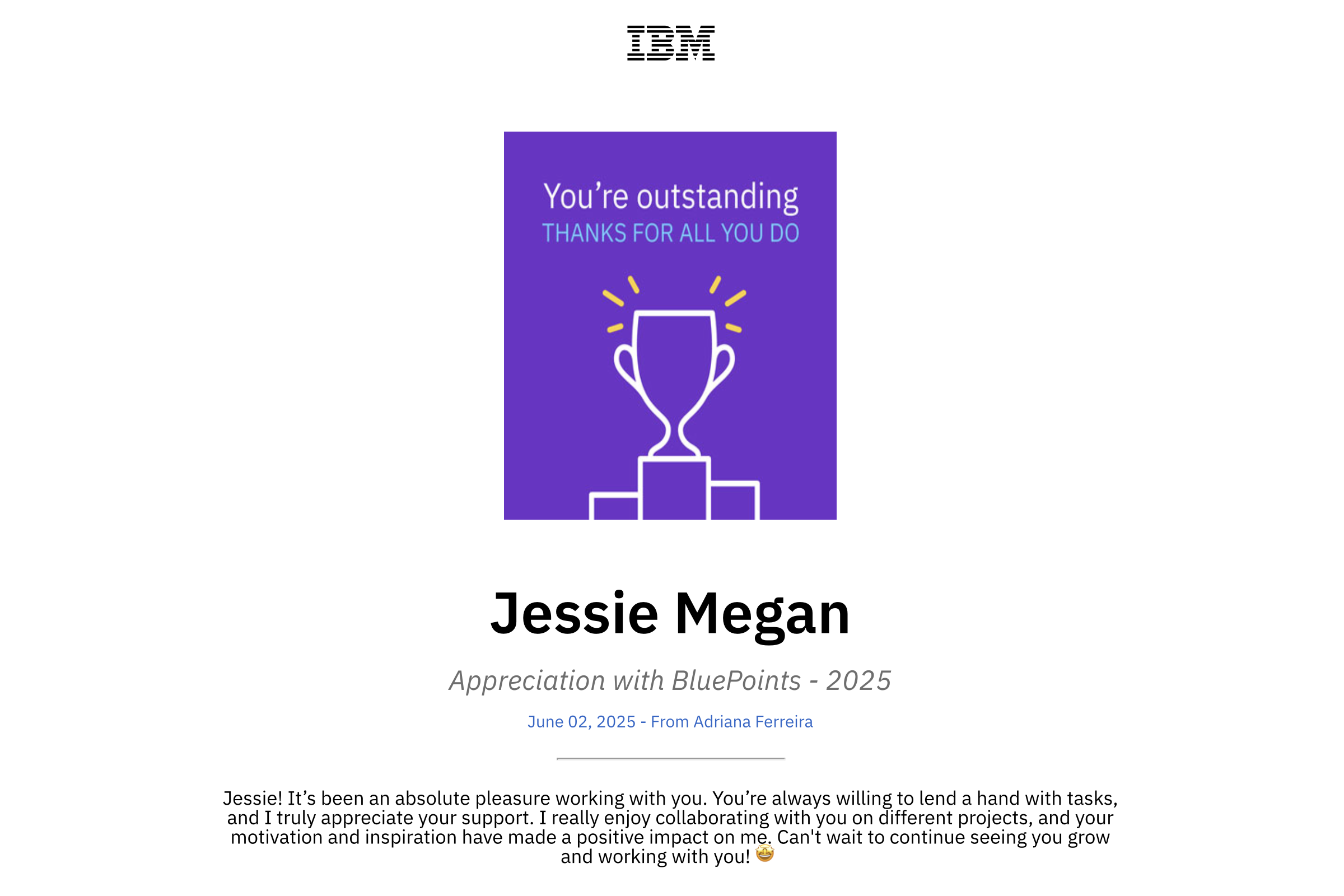
Key learnings
Designing AI tools with clarity and care 🤖
0
1
Explainability and trust in AI
I learned that designing AI tools isn't just about making things work, it’s about making them understandable. Building the right amount of user trust is key. Users need to know what AI can help with, what it can’t, and when to double-check the output. The goal isn’t to have people rely on it completely, but to use it wisely, with awareness of its limits.
0
2
Service design and enterprise design thinking
I got to apply service design and IBM’s Enterprise Design Thinking framework to real-world challenges. It pushed me to look beyond interfaces and think about the full experience, from team workflows to support systems. It helped me design with more empathy and make sure the work fit into the bigger picture.
Personal reflection
Looking back...
I got to work with some incredibly passionate designers, researchers, developers, and PMs who cared deeply about the work and weren’t afraid to ask hard questions. I learned that designing for AI is a different kind of challenge. There’s so much variability and unknown, and things move fast, especially with all the hype out there. But in the end, it’s still about people: what they need, what they trust, and how we can help them adopt GenAI in a way that truly supports their work. My biggest takeaway is how important explainability and transparency are in AI. We need to help users understand these tools, make the most of them, but not become overly reliant on them.
